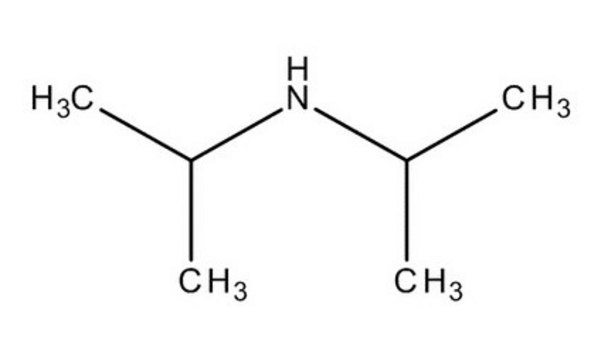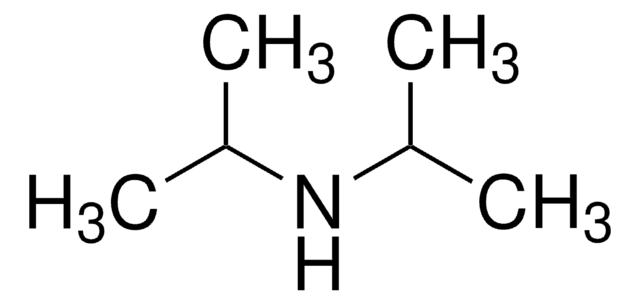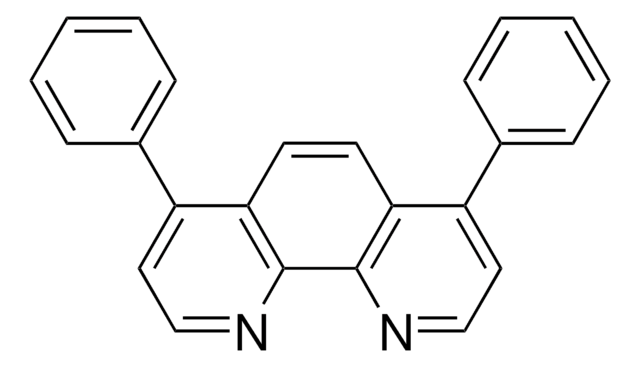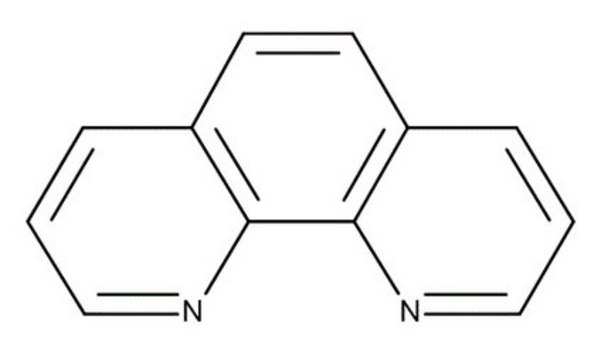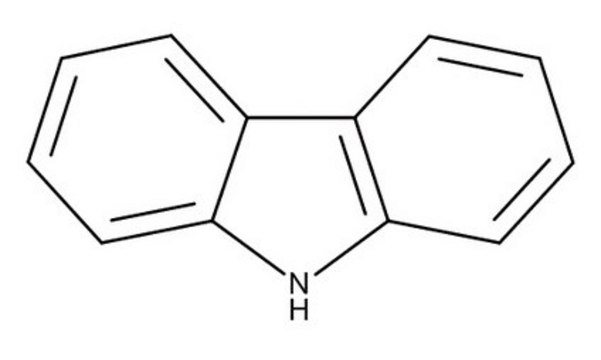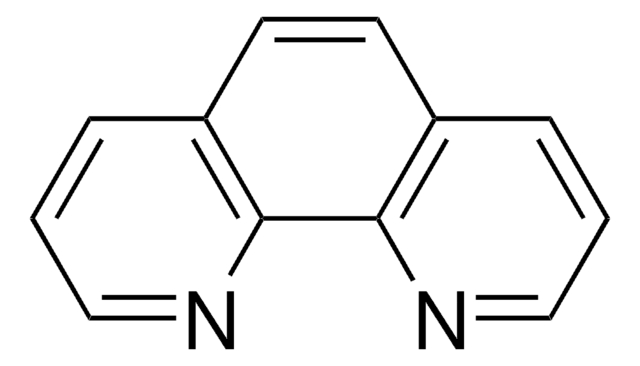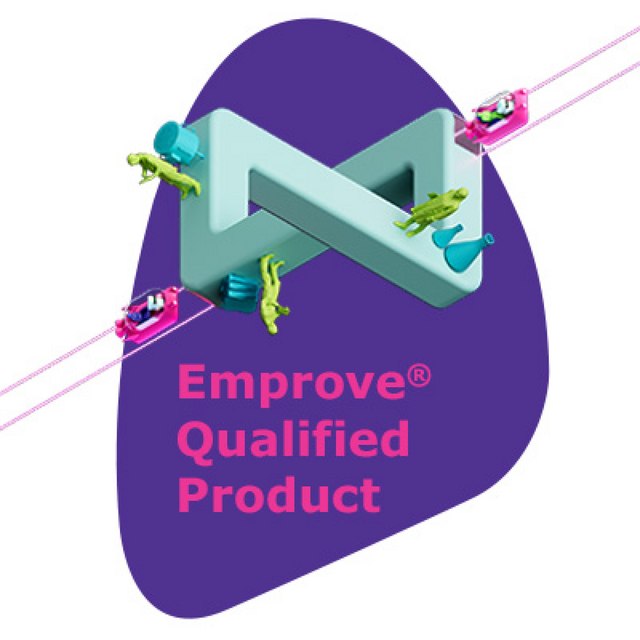All Photos(1)
About This Item
Linear Formula:
[(CH3)2CH]2NH·HCl
CAS Number:
Molecular Weight:
137.65
MDL number:
UNSPSC Code:
12352100
PubChem Substance ID:
Recommended Products
Assay
99%
mp
216-218 °C (lit.)
SMILES string
Cl.CC(C)NC(C)C
Signal Word
Warning
Hazard Statements
Precautionary Statements
Hazard Classifications
Acute Tox. 4 Oral - Eye Irrit. 2 - Skin Irrit. 2
Storage Class Code
11 - Combustible Solids
WGK
WGK 2
Flash Point(F)
Not applicable
Flash Point(C)
Not applicable
Personal Protective Equipment
dust mask type N95 (US), Eyeshields, Gloves
Regulatory Information
新产品
Choose from one of the most recent versions:
Certificates of Analysis (COA)
Lot/Batch Number
Don't see the Right Version?
If you require a particular version, you can look up a specific certificate by the Lot or Batch number.
Already Own This Product?
Find documentation for the products that you have recently purchased in the Document Library.
Bouclé Sébastien et al.
Molecules (Basel, Switzerland), 15(11), 7742-7749 (2010-11-03)
Treatment of 1,4,4-trimethyl-3,4-dihydroquinolin-2(1H)-one (2) with lithium diisopropylamide (LDA) followed by a wide range of electrophiles give the corresponding 4,4-dimethyl-3-substituted-3,4-dihydroquinolin-2-ones (3-13), providing a very mild electrophilic substitution of the 4,4-dimethyl-1,2,3,4-tetrahydroquinoline core.
Decoupling deprotonation from metalation: Thia-Fries rearrangement.
Alan M Dyke et al.
Angewandte Chemie (International ed. in English), 47(27), 5067-5070 (2008-05-28)
Alexander C Hoepker et al.
The Journal of organic chemistry, 76(19), 7985-7993 (2011-09-06)
Density functional theory computations [MP2/6-31G(d)//B3LYP/6-31G(d)] on the deaggregation of lithium diisopropylamide (LDA) dimer solvated by two tetrahydrofuran ligands to give the corresponding trisolvated monomer show eight structurally distinct minima. The barriers to exchange are comparable to those expected from experimental
Liyan Qiu et al.
Molecular pharmaceutics, 9(5), 1109-1117 (2012-04-13)
pH-responsive drug carriers derived from polymers containing weak base groups have been shown to improve the antitumor effect of chemotherapeutics. The common interpretation is that a "proton sponge effect" caused by pH-responsive polymers facilitates endosomal membrane destruction and accelerates cytoplasmic
Weizhi Sun et al.
Chemical biology & drug design, 77(3), 206-211 (2011-01-20)
A new class of potential prodrugs, 1,3-cyclic propanyl phosphate esters of 18β-glycyrrhetic acid, was designed and synthesized through the key reaction of 18β-glycyrrhetic acid with 1,3-cyclic propanyl phosphate ester catalysed by lithium diisopropylamide. The sustained-release properties of 1,3-cyclic propanyl phosphate
Our team of scientists has experience in all areas of research including Life Science, Material Science, Chemical Synthesis, Chromatography, Analytical and many others.
Contact Technical Service